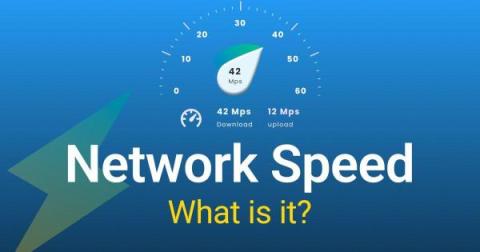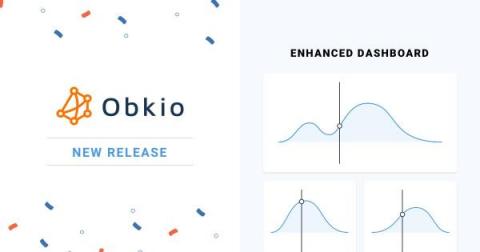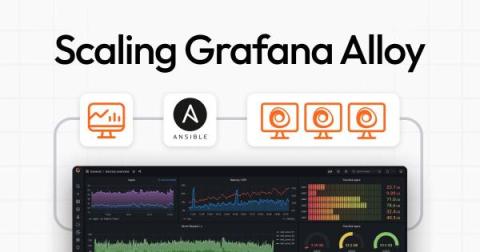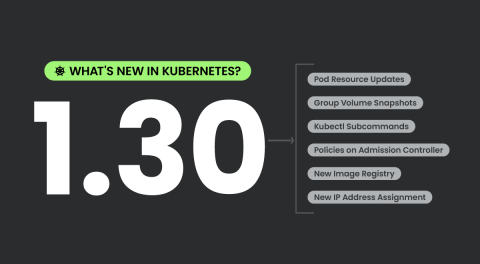Network Speed Uncovered: What Is It Really & How to Measure It
When we talk about network performance, one metric that comes up constantly is "network speed." It's the measure of how fast your applications run, how swiftly you can transfer data, and, essentially, how responsive your digital world is. Speed in networking is like the speedometer in a car—it tells you how quickly things are moving. However, network speed isn't just about raw velocity.











